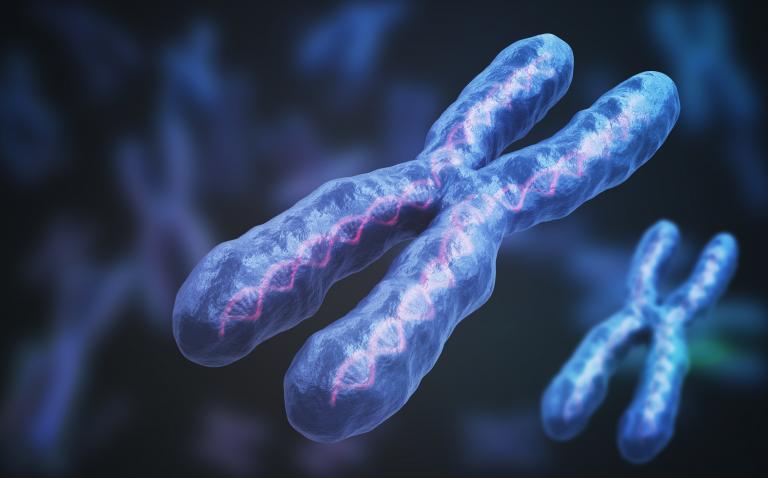Eighty-five percent of people with lupus are female, and their second X chromosome seems partly to blame.
According to a new study by researchers at the University of Pennsylvania, females with lupus do not fully “silence” their second X chromosome in the immune system’s T cells, leading to abnormal expression of genes linked to that chromosome.
The work, led by Montserrat Anguera of the School of Veterinary Medicine and published in the journal JCI Insight, is the first to connect disruptions in maintaining X chromosome inactivation in T cells to lupus. It also suggests that changes to the nuclear structure in the inactive X chromosome of T cells may play a part in the genetic missteps that can arise in lupus – the first time that nuclear organisation has been noted as a feature of this disease.
“In normal circumstances, the inactive X should be silenced, and what we show is, in lupus, it’s not,” says Anguera, a biologist at Penn Vet. “And it’s ultimately affecting gene expression.”
Anguera’s lab has paid close attention to the link between X chromosome inactivation, an epigenetic process that balances gene expression between males and females, and autoimmune disease. In earlier studies, the team found that, in females, both T cells and B cells have incomplete inactivation of the second X chromosome due to changes in the patterns of Xist, an RNA molecule that is necessary for X inactivation.
The researchers used a mouse model that spontaneously develops lupus in a female-biased manner, similar to the human disease. All female mice of this strain develop the disease, while only 40% of males do. Examining the animals’ T cells, the researchers discovered that those at early stages of disease resembled healthy controls in their patterns of Xist localisation. But those in the later stages of disease had a dramatically different pattern.
“The only differences we detected happened at late stages of disease,” Anguera says. “What this means is that abnormal X inactivation is a consequence of the disease; it’s not predisposing the animal to develop the disease.”
Interestingly, when the researchers looked at T cells from paediatric lupus patients, they found the same mislocalisation of Xist that they had seen in the mice with lupus, even though the children were in remission from their disease.
Even stimulating those patients’ cells in vitro wasn’t enough to coax Xist into the normal pattern. “Even though they don’t have active disease, there’s something missing that’s preventing the RNA from staying targeted at that inactive X chromosome,” Anguera says.
“What we think is happening is that in lupus, this Xist RNA is diffusing all over the place, these chromosomal proteins are changing their expression, and nuclear organisation in the territory of the inactive X is changing,” Anguera says. “And that may also be contributing to the relaxed silencing of the inactive X and the changes in gene expression that we’re seeing.”
In the future, the researchers plan to use single-cell sequencing technology to probe questions about the maintenance and disruption of X inactivation. And though the research is in early days, Anguera is hopeful that further work will lead to new approaches for treating autoimmune diseases such as lupus.










